20+ Years Experience
Specialist Wetpour Surfaces
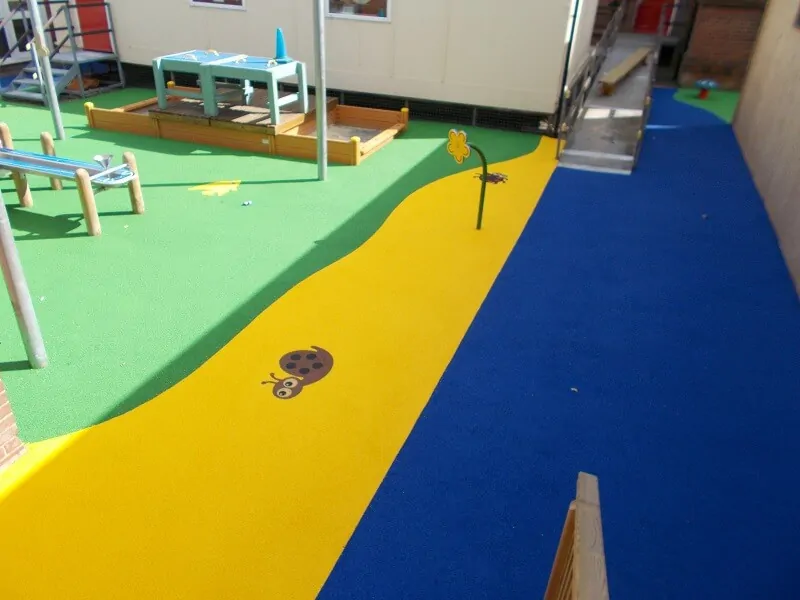
Enquire Today For A Free No Obligation Quote
For homeowners, business owners, and anyone else looking to upgrade their outdoor space, the selection of surfacing options may seem overwhelming. From artificial grass to natural stone, there’s no shortage of materials to choose from. But which one is right for you? In this blog post, we’ll compare the pros and cons of wetpour surfacing with other common surfacing materials. In particular, we’ll explore what sets wetpour apart from the competition, from safety and maintenance requirements to cost. So, break out the popcorn and read on to find out what makes wetpour such a great option, and which other surfacing alternatives are worth considering.
Wetpour surfacing has many advantages over traditional surfacing materials, including being more durable, better shock absorbency, and easier to maintain. Further, it is non-slip and has a wide range of color and design possibilities.
When looking into surfacing options for play areas and other outdoor spaces, it is important to understand the different types of surfaces available to ensure safety. Many factors come into play when choosing a surfacing option, such as the potential for injuries, shock absorbency and slip resistance for active play. In order to decide which surface is best for any particular project, it is essential to review safe surfacing options and determine the pros and cons of each one.
One common surfacing option that is considered safer than other alternatives is rubberized wetpour. This type of surface typically consists of special materials bound together by a heat-welded sealant to create a soft, responsive surface. It has been found to be especially effective in reducing the likelihood of impact-related injury as it conforms to a person’s body shape; creating even and consistent fall attenuation. Additionally, it can improve accessibility for wheelchair users as it supports the movement of wheels over the surface in a smooth fashion. Wetpour also offers outstanding drainage characteristics meaning that rainwater will rapidly dissipate from the area quickly reducing puddles and flooding hazards.
Alternatively, another type of safe surface option that may be chosen is an artificial grass or synthetic turf system. Such surfaces provide enhanced shock absorption and low slippage due to their tensile strength properties, making them an ideal choice for sports activities such as football where quick changes in direction are common. Artificial grass systems are also highly durable and require minimal maintenance; unlike wetpour which needs regular professional cleaning and repair if impacted areas become excessively worn.
Ultimately, choosing between these two surfacing options comes down to balancing personal preference against cost, performance and environment considerations. Most importantly, all surfaces need to meet certain minimum standards outlined within European Safety Standards EN 1177:2008+A1:2018 documenting the appropriate degree of critical fall height protection required before installation (or renewal) commences. With this in mind, understanding the different types of safe surfacing options available is paramount for success when working on projects involving recreational spaces outdoors. Now let us take a closer look at wetpour surfaces in more detail in the next section…
Wetpour surfacing is a versatile and dependable playground covering choice that has been popular for decades. It is a combination of EPDM rubber granules and a polyurethane binder that hardens when it dries, creating an impact-absorbent surface with great longevity. This type of surfacing is usually made up of two layers– a shock pad base layer and a top wearing course layer. The shock pad acts as the cushioning layer to absorb falls, while the wearing course provides protection from the weather and UV rays. Wetpour surfacing also offers excellent drainage capabilities due to its porous nature, allowing liquids to dissipate quickly instead of pooling in certain areas.
The upside to wetpour surfacing is that it is easy to install, relatively low-maintenance and can be installed as either a soft or semi-hard surface, which is beneficial if children of different ages are playing together on the playground. It also combines aesthetics with functionality; it comes in many fun colors and can be patterned for decorative play areas. On the other hand, some argue that wetpour requires frequent maintenance in order to remain safe and visually appealing, as weeds may grow in crevices between tiles or loose edges form over time.
Overall, wetpour surfacing is an ideal option for playgrounds since it offers many benefits like cushioning, water drainage, safety, and customizable appearance. As such, it is important to consider this option when choosing a suitable play area surface. With that said, it’s time to explore comparable surfacing options so that one can make an informed decision before investing in any kind of playground flooring material.
When deciding which type of surfacing to choose for an outdoor play area, there are a variety of options available. Each has its own benefits and drawbacks and should be considered carefully before installation. Wetpour surfacing is a popular choice due to its safety features, but other popular alternatives include poured rubber, grass mats, and synthetic turf.
Poured rubber is a great option for those who are looking for a durable and low maintenance surface. It can be made of recycled or virgin rubber material and often comes with a 10-year warranty. However, it tends to be one of the more expensive options and not ideal for colder climates as freezing temperatures can cause the surface to crack.
Grass mats are another great option when considering surfaces for an outdoor play area. They provide a great look to the area and can be installed over areas with existing grass. The downside is that they need to be regularly cut and cleaned in order to keep them in good shape, which increases cost for upkeep.
Synthetic turf has been gaining more popularity recently due to its durability and minimal maintenance requirements; however, it is one of the more expensive options and can become extremely hot if exposed to direct sunlight without proper protection from shade netting, which further adds to expense.
When debating what type of surfacing you would like for your outdoor play area, it is important to weigh all your options carefully while taking into consideration budget, climate conditions, as well as maintenance costs.
Now that we have discussed some of the comparable options on the market, let’s review the many benefits that come with wetpour surfacing and why so many opt for this particular option.
When it comes to surfacing options, wetpour is quickly becoming one of the most popular choices. Wetpour surfacing offers a variety of benefits that distinguish it from other standard surfacing materials.
One of the main advantages of wetpour surfaces is its ability to provide a soft and cushioned landing for playgrounds and outdoor sports areas. Thanks to its’ shock absorbing qualities, it allows for users to enjoy a much safer environment, with greatly reduced risk of impact related injuries. It also helps promote better user posture and form for athletes who engage in high-impact activities such as running or jumping.
Wetpour surfaces are also extremely low maintenance and long lasting. Depending on climate, wetpour can last up to 10 years without need for resurfacing or replacement. In addition, repairs are easy and cost efficient due to their modular nature; individual sections can be replaced without affecting surrounding sections of the surface. Further, wetpour surfaces come in several bright colors and designs and require very little cleaning – making them certain attention getters!
On the flip side, some might argue that the installation process can be quite laborious, as multiple layers must be installed in order to form the end product. Furthermore, the material itself can become dangerously hot in direct sunlight and may not abide by some safety standards for specific uses.
Having explored the various benefits of wetpour surfacing, we will now take a look at an equally important factor: safety. By understanding both the dangers associated with wetpour platforms as well as specific safety standards put forth by governing bodies, we can understand just how safe this surface option really is for its users.
Wetpour surfacing has become a popular option thanks to its many advantages, such as providing a soft and shock-absorbing landing surface for playgrounds and outdoor sports areas that helps reduce injury risk. It is low maintenance, long lasting, and comes in bright colors and designs. On the other hand, installation can be laborious, and the material can become too hot in direct sunlight. To ensure safety, it is important to be aware of certain dangers associated with wetpour platforms as well as specific safety standards put forth by governing bodies.
When considering options for surfacing, safety is an important factor to consider. Each type of surface has its own advantages and disadvantages when it comes to safety. Wetpour surfacing offers a very safe surface for play areas in particular, providing 30mm of rubber play matting over a paved surface. It also requires extremely low maintenance and produces minimal dust when compared to other materials like bark chips which can make breathing difficult for some children.
However, wetpour is not without risks. Its elasticity can provide children with the opportunity to engage in high risk activities like bouncing off walls and running across the area quickly which could result in slipping or falling injuries. Additionally, the presence of loose plastic grass fibres can provide a potential choking hazard.
When comparing wetpour surfaces to other types of surfacing options such as poured rubber or artificial turf, each have their own individual benefits and risks that need to be taken into account. Poured rubber provides an even more durable option as well as improved drainage features while artificial turf provides a softer ground option that is aesthetically pleasing but can potentially lead to increased dirt accumulation if not properly maintained.
Safety remains an important factor no matter what type of surfacing option you choose. Evaluating the pros and cons based on individual circumstances will help ensure that the best fit is chosen for your requirement.
No matter what type of surfacing option is chosen, taking the time to evaluate the pros and cons of each material is necessary in order to determine which will provide the most safety measures for your needs. With that being said, it is essential to note that all these materials should be evaluated for durability before committing to any specific option. This brings us to the next section exploring how each surface holds up over time: durability.
Durability is an important factor to consider in any surfacing installation. Both wetpour and other surfaces are durable if they are properly maintained; however, they can experience wear over time due to the elements, heavy foot traffic, or a combination of both. Wetpour is especially hard wearing as it boasts a life expectancy of around 20 years with correct maintenance and repair. Other surfaces offer less longevity, with some lasting around five years before needing to be replaced or repaired, depending on their condition.
It’s also worth noting that wetpour surfacing is more resistant to damage such as cuts and cracking due to its rubberised nature. This means it’s more suited to heavily used play areas than more delicate options such as artificial grass and rubber mulch. The use of mats and edging can also help protect the edges from any damage.
In conclusion, when it comes to durability, wetpour is generally the superior option due to its long lifespan and relative resistance to damage. However, there are many other surfaces that all have their own individual benefits so it’s important to consider all variables when choosing what’s right for your needs. In the next section we will discuss why wetpour is such a popular choice for outdoor play areas.
Wetpour systems are a popular choice for outdoor play areas due to their durability, flexibility and affordability. These qualities make wetpour an effective solution for playgrounds and other recreational areas. Wetpour is a porous surface made from recycled rubber granules and a specialized bonding agent. The porous nature of the material provides an anti-slip surface that also absorbs any impacts from falls, making it a safe option for children’s play. The flexible nature of the material allows design freedom, allowing creativity in the play area design.
However, some parents are skeptical about using wetpour for outdoor play areas due to concerns about hazardous chemicals used in the production process. Manufacturers have responded by seeking to use non-toxic materials with natural protective features throughout the production process. Furthermore, wetpour surfaces are designed to withstand heavy traffic and all weather conditions and require minimal maintenance over their lifetime, which can range up to 10 years depending on the quality of installation.
Overall, wetpour surfaces offer a high-quality outdoor playground experience while providing safety and comfort to those using an area equipped with the system. As such, wetpour has become an increasingly popular surfacing system for outdoor play areas across the globe.
Having explored the key features and benefits of wetpour in outdoor play areas, the next section will focus on the different uses of wetpour surfacing.
Wetpour surfacing is an excellent surfacing choice for a number of different uses. It offers cushioning and impact absorption, which makes it perfect for playground systems, sports courts, and outdoor recreational use. It can also be used as a decorative surface in commercial spaces such as patios or pool decks. Wetpour rubber also provides some traction and slip resistance when wet.
In areas where children are present, there is an increasing need to have sound safety surfacing options in place at all times. Many parents are looking for surfacing that is soft enough to provide cushioning with maximum protection for their kids. Wetpour surfacing provides this cushioning effect because it absorbs the majority of the impact of any falls. In addition, wetpour surfacing has a durability that surpasses other options making it almost maintenance-free; however, some regular inspection and routine maintenance may still be necessary to ensure it remains up to safety standards over time.
On the other hand, due to the fact that wetlands stay wet and can become slippery when they get wet, some people argue that wetpour isn’t a suitable option around children’s play areas. Of course, any form of safe surfacing must be installed correctly with the right materials in order to minimize the risk of slips or trips and wet pores does just that; however, always make sure to confirm the recommendations for maintenance if you decide to use this option for your playground system.
Considering its cost-effectiveness and versatility, it is no surprise why wetpour surfacing remains one of the most popular types of recreational surfaces in areas where children frequently play. Ultimately, many consider wetpour to be an excellent alternative to other safety surfacing choices that may not offer the same level of comfort or cushioning against potential hazards like falls or slips.
In conclusion, wetpour surfacing provides numerous advantages for playground systems, sports courts & outdoor recreation areas due to its cushioning capability and impact absorption properties. Despite any discrepancies regarding its slip resistance properties, when correctly installed and maintained it can still be an effective safety surface. With these points in mind, let us now explore how Wetpour Surfacing compares directly with Other Surfacing Options in our next section.
Wetpour surfacing is a popular option for playgrounds, paths and other areas that require a safe, adequate and durable surface. Wetpour surfacing is made from soft and porous rubber material, which provides suitable drainage in wet conditions and optimal shock absorbency when subjected to extreme pressures.
However, it is important to consider the various advantages and disadvantages of wetpour surfacing compared with other surfacing options.
One of the key advantages of wetpour surfaces over other surfaces is its resilience and durability. Wetpour surfaces are highly elastic, capable of flexing underfoot without wearing away or becoming less effective. This provides maximum safety to users in the case of slips or accidental falls.
In addition, wetpour surfaces are generally easier to maintain than some other types of surface such as asphalt and concrete. With regular sweeping and cleaning, a wetpour surface can last for many years with little effort.
On the other hand, there are certain drawbacks associated with wetpour surfacing. Firstly, the installation cost of wetpour surfacing can be relatively high in comparison to more common materials such as asphalt or poured concrete. Secondly, some safety precautions must be taken when installing the material due to its potentially hazardous qualities such as high temperatures and increased susceptibility to bacterial growth when exposed to water or moisture. Finally, although it offers excellent slip resistance in dry conditions, it offers less traction in wet climates as the rubber material ‘slides’ on itself when immersed in moisture.
It is therefore important to consider both the positives and negatives before making any decisions about your surface selection. Although each type has its own set of advantages and drawbacks, simply weighing up the pros and cons will help you make an informed decision about which type is best suited for your project.
The main advantage of wetpour surfacing is that it’s more flexible, meaning that it can be used in a variety of scenarios. It’s also extremely durable and resistant to wear and tear, so it doesn’t require a lot of maintenance—which is great news for outdoor areas that are subject to heavy use or harsh weather conditions. In addition, wetpour surfacing is an environmentally-friendly choice as it’s made from recycled rubber.
On the downside, wetpour surfacing may be more expensive than other surfacing options depending on the quantity and quality desired. And while it’s available in a range of colors, these are generally limited to basic tones such as black and green. Lastly, wetpour surfacing can only be installed by professionals who know what they’re doing due to it being a challenging process. Therefore, if you’re looking for a DIY project this may not be the best option.
When it comes to selecting between wetpour surfacing and other surfacing options, there are a number of factors that should be considered in order to make the right decision.
Firstly, it is important to evaluate the traffic load of a particular area, as well as its size. Wetpour surfacing may be the ideal choice for playgrounds which experience a lot of foot traffic, providing superior cushioning and durability. Alternatively, if the area is very small or is exposed to extreme temperatures, then an alternative form of surfacing may be more suitable.
Secondly, consider maintenance requirements and costs when comparing wetpour surfacing with other options. Wetpour surfaces have a lifespan that is dependent on how well they are maintained. The installation process also requires careful preparation and time-consuming application procedures. On the other hand, some alternatives such as rubber crumb or synthetic turf can require much less maintenance and tend to last longer than wetpour surfacing.
Last but not least, aesthetics should be taken into account when choosing a surfacing option. Wetpour surfaces can provide vibrant colors and patterns which can help create joyful outdoor spaces for children to play in. However, it is important to bear in mind that there may be limited design choices available in comparison to other types of surfacing such as poured rubber or artificial turf.
In conclusion, different criteria need to be taken into consideration when selecting between wetpour surfaces and other surfacing options. These include existing traffic conditions and size of area, along with factors such as maintenance costs and aesthetic appeal. Ultimately, the most suitable option will depend on individual circumstances and preferences.
The performance of wetpour surfacing and other surfacing options depends on a variety of factors, including weather, environment, and use.
On the whole, wetpour surfaces will perform better in the long term than many other surface options due to their durability—especially in outdoor environments. This makes them a great choice for playgrounds, paths, parks, and other public spaces where regular foot traffic is expected. The highly porous nature of wetpour also helps cushion falls, making these surfaces ideal for safety purposes.
Other surface options like asphalt don’t provide the same level of cushioning or longevity as wetpour does; although they may be cheaper upfront, their deterioration over time can make for costly repairs. Meanwhile, grass and artificial turf surfaces have their own advantages; though they do require increased maintenance work, they can offer a softer ground option that’s great for outdoor fitness classes and sports activities.
Ultimately, the best surface solution depends on your goals and your anticipated use of the space—wetpour surfacing stands out as a reliable and versatile option that offers superior performance in terms of durability and safety.
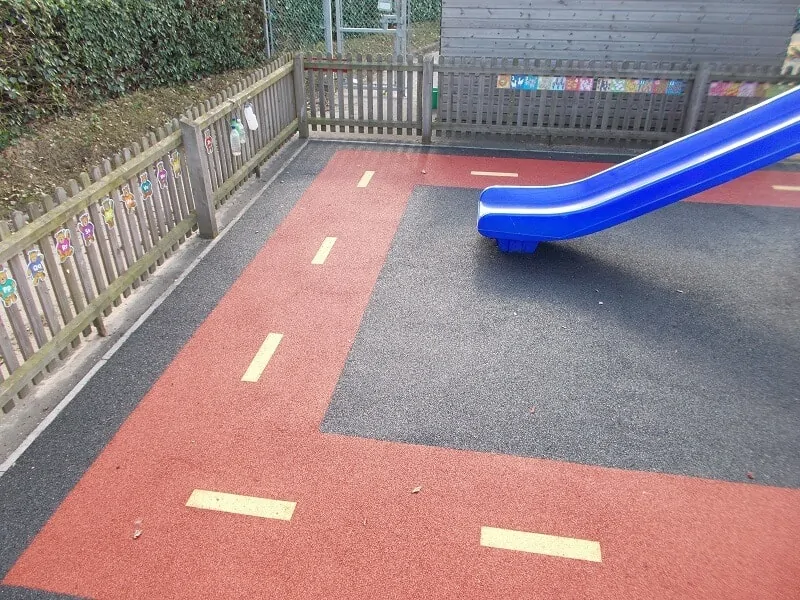
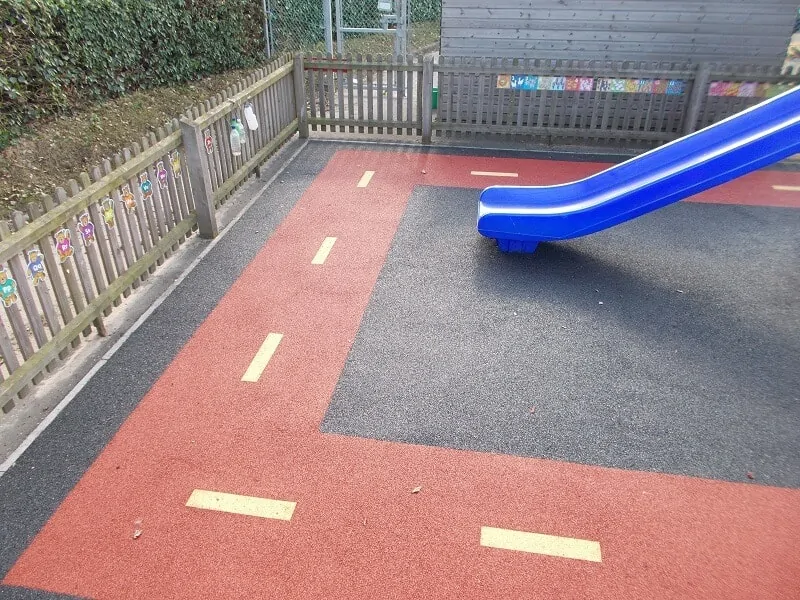

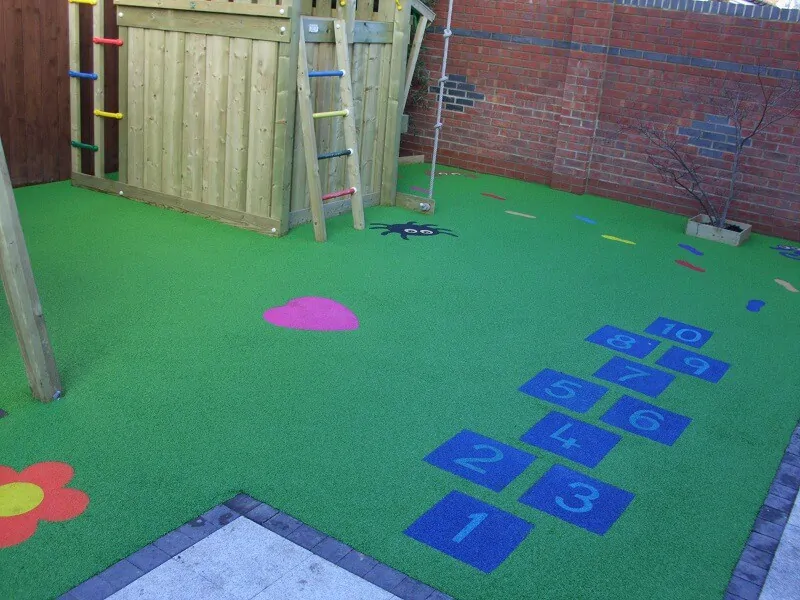
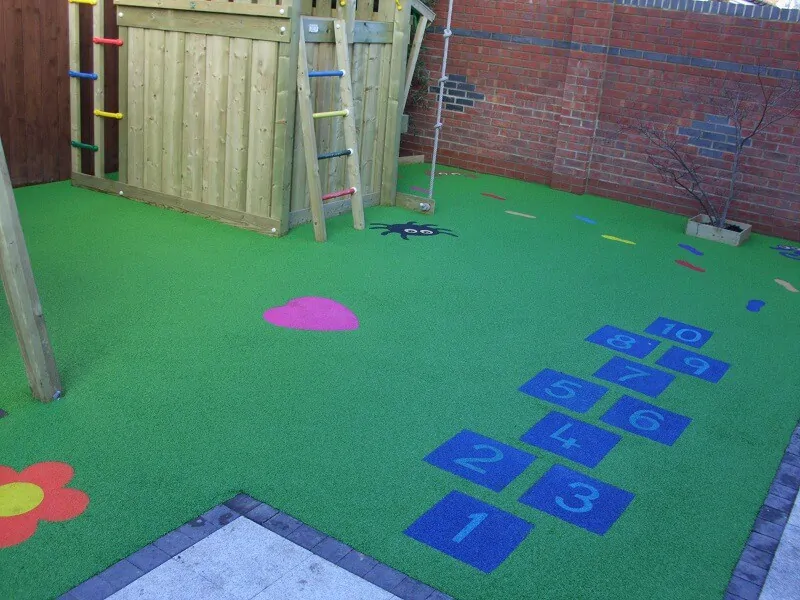
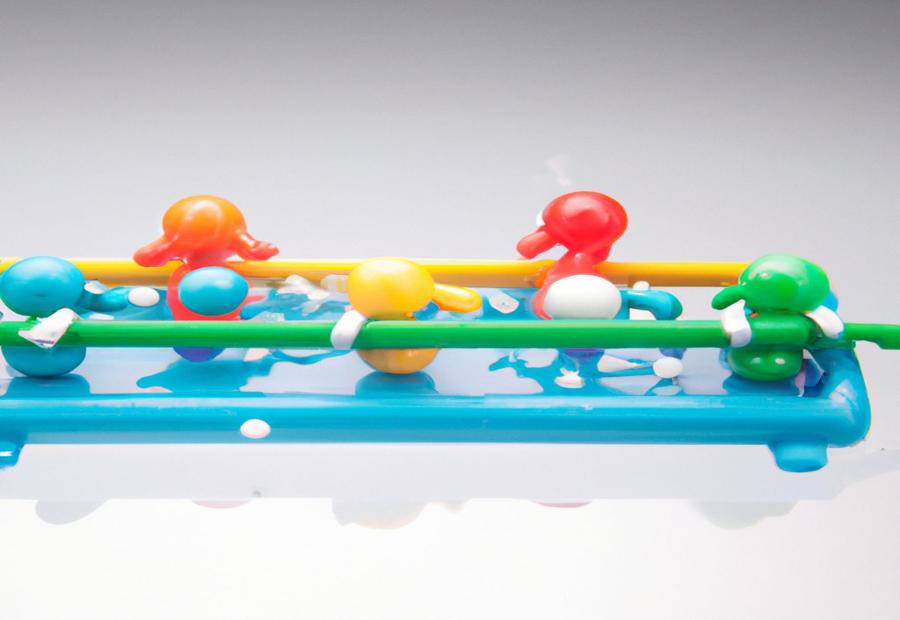
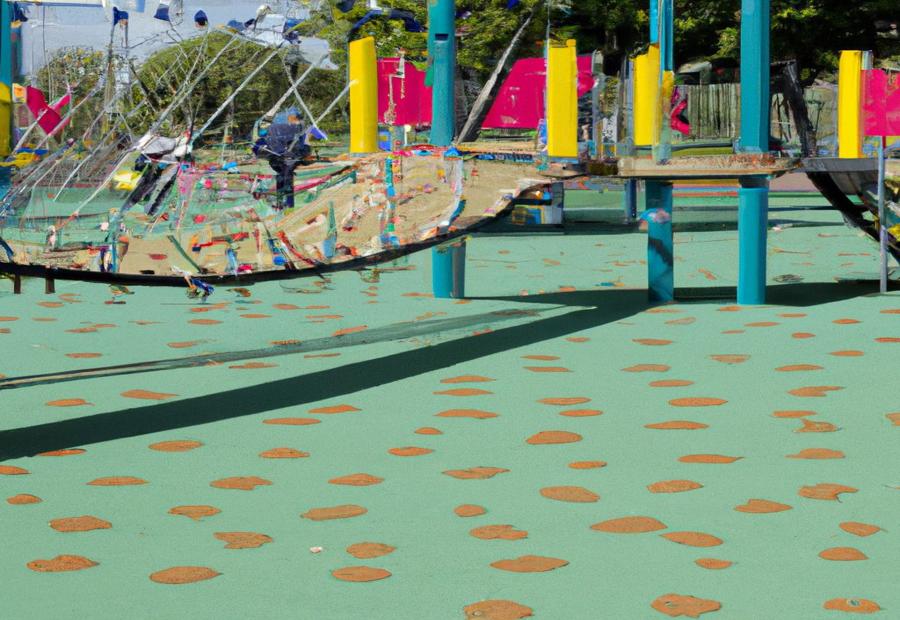
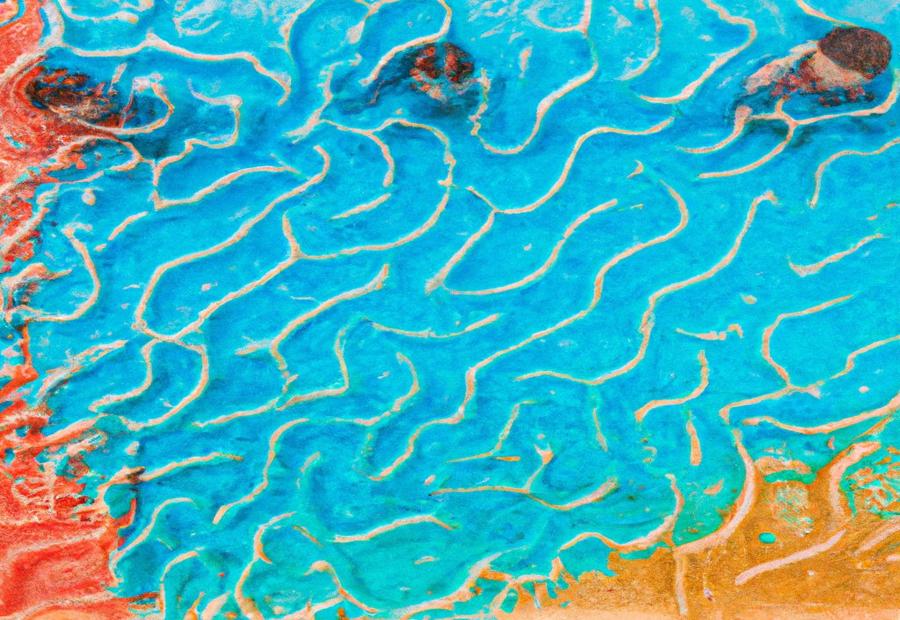
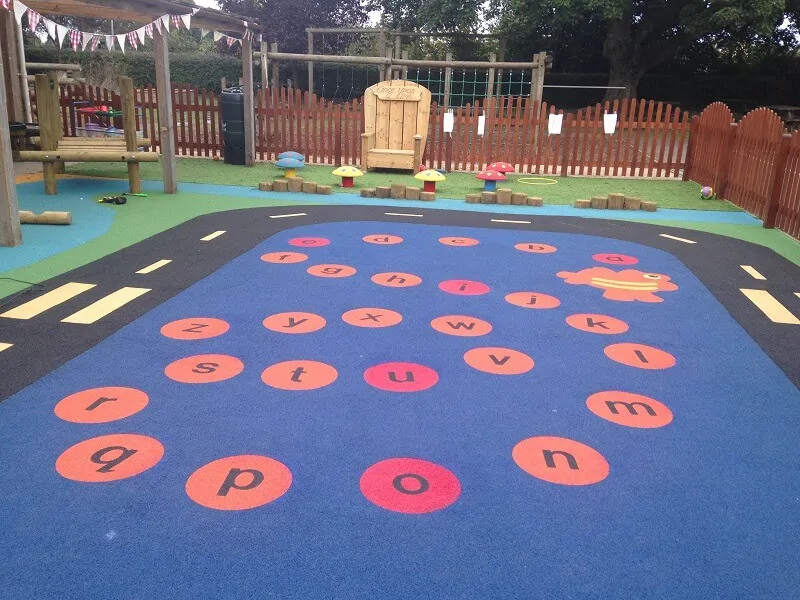
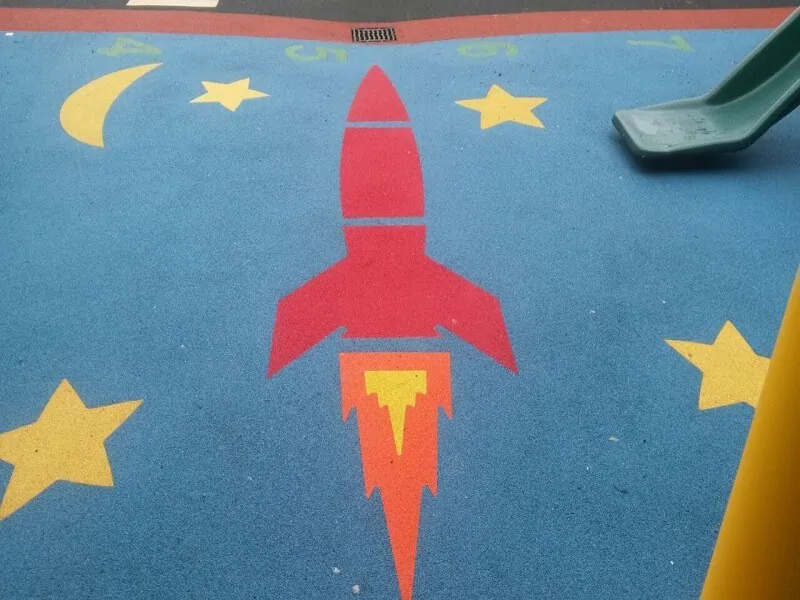
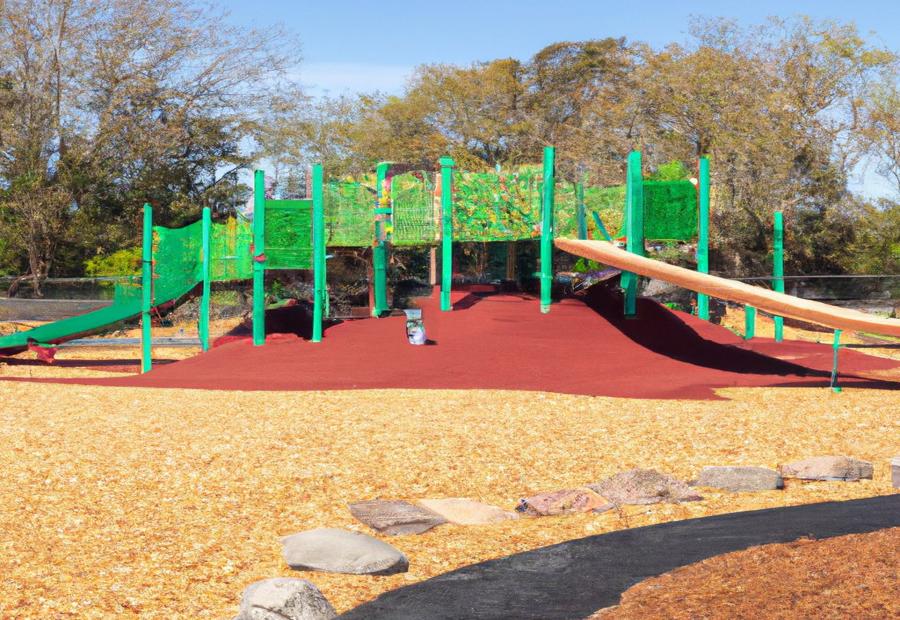
We Aim To Reply To All Enquiries With-in 24-Hours